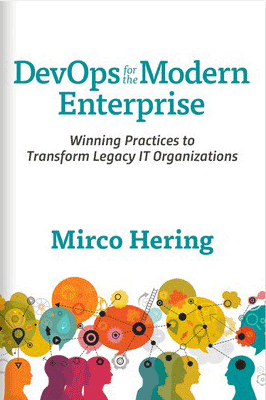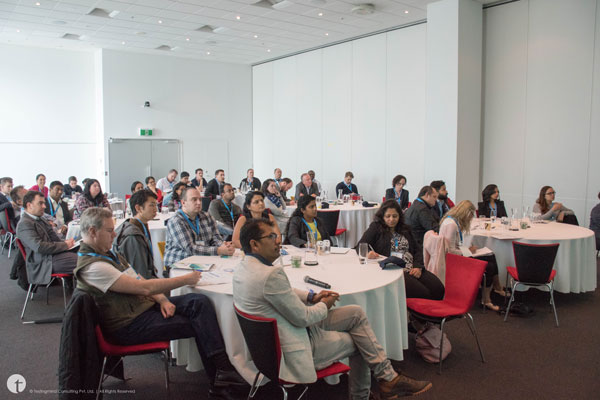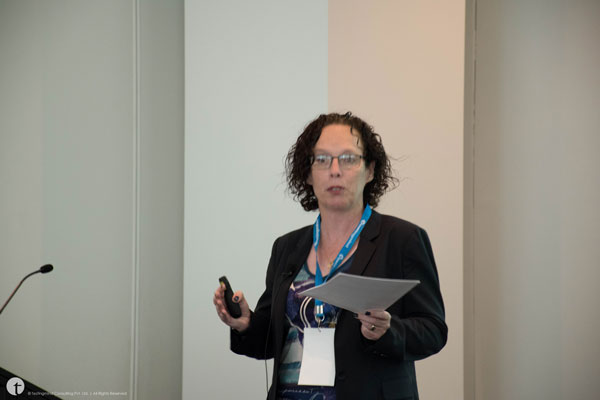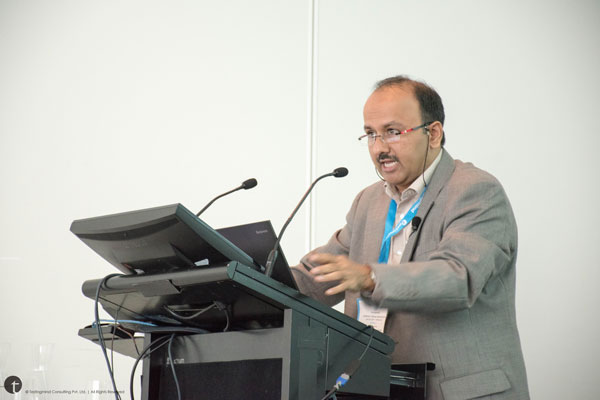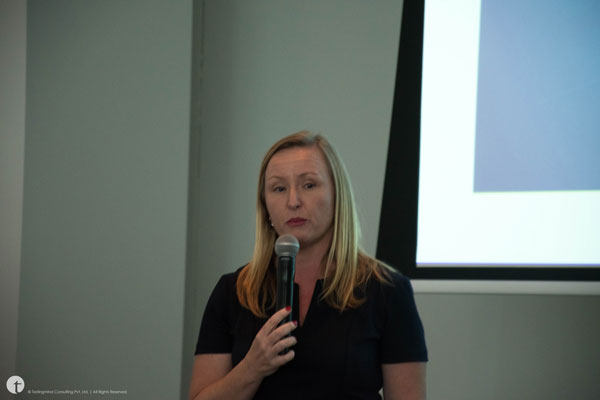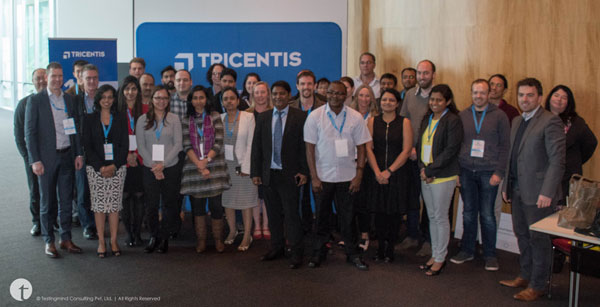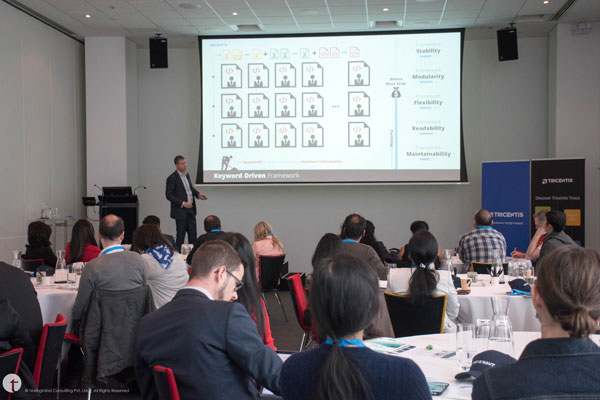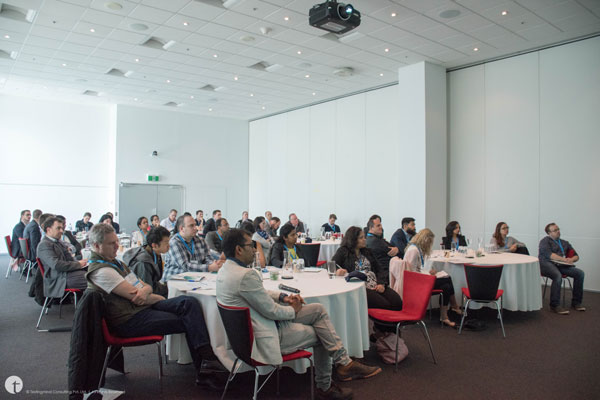Software Testing Symposium: Trends, Innovations and Challenges
Testingmind cordially invites you to attend, “Software Testing Symposium 2018”, a single day, single track event which will be held near you. Join us for this event where we celebrate Quality Assurance learnings from proven Industry leaders and practitioners. The Summit showcases the trends, innovations and challenges associated with modern and futuristic Software Quality Assurance. Look forward to sessions encompassing topics on Functional and Non-functional Quality Assurance techniques.
Apart from the engaging sessions, do savour an opportunity to network with peers and practitioners over lunch and during networking breaks to exchange ideas and extend your connectivity across organization.
The event features an inspiring day of talks by professional speakers focused on Software Testing, innovation and influence of Digital trends in Quality Assurance. Quality Assurance Leadership, Management and Strategy converge here to bring out Industry best practices and is a key meeting place for Test Professionals and Executives from leading IT organizations.
Testingmind conducts the Quality Assurance, Digital and Automation events across the globe and after a consecutive success in US, Philippines, Singapore, Israel, New Zealand and other geographies including Australia we are conducting our Fourth event and Second event on Software Testing in Melbourne. Do look forward to an exciting topics and events that we have been known for. You are welcome to this event which makes it a great platform for Knowledge Sharing, Networking and Learning experience.
This one-day conference features a highly interactive program – case studies and traditional presentations interspersed with Q&A. Discussions with the industry leaders and practitioners will help you to develop and formulate latest Quality Assurance strategy and execution framework which is applicable for your own requirements in the QA space in Traditional and Agile methodologies. Come along and have your say – learn from your peers and leave with fresh ideas to improve your Technical skills and Management strategy.
Software Test Symposium is open to all enthusiast who aim to develop a Quality Software product through industry wide known QA Processes, Practices and Tools. The Summit is thus aimed for Quality Engineers, Non – Functional Quality Practitioners; Test Automation Engineers and QA Professionals, Developers, Test Managers, Program Managers and Industry Leaders keen to know about Quality Assurance trends.
Topics of Agenda
While we are preparing the final agenda for this event, the below listed topics will be covered in this one day event.
Call for Paper
Abstract Submission is closed for this event!
You have an unique abstract? You can submit it by sending a mail to kunal.gupta@testingmind.com
Speakers

Mirco Hering
Agile & DevOps Lead – APAC
Accenture

Kanika Pandey
Regional Director – APAC
Applitools

Thomas Hadorn
Managing Director – APAC
Tricentis

Brett Maytom
Chief Executive Officer
Scrum On

Kunal Gupta
Quality Assurance Consultant
Testingmind

Kenny Lee
QA & Release Manager
Civica Pty Ltd

Sougata Das
Sr. Technology Architect
Infosys

Ujjwal Gulati
Test Manager
Red Energy
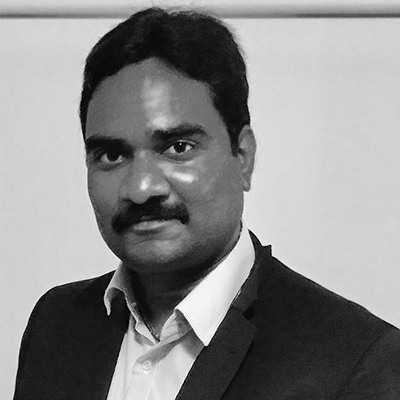
Jayaraman Thatchanamurthy
Senior Manager
Capgemini
Topic Abstract
Agenda
| Time | Presentation Topics & Agenda |
|---|---|
| 08:15 – 09:00 | Welcome & Registration |
| 09:00 – 09:45 | What got us here won’t get us there – A story of transformations Mirco Hering, APAC Agile & DevOps Lead, Accenture |
| 09:45 – 10:30 | Testing in Agile Brett Maytom, CEO and Lead Trainer, Scrum On |
| 10:30 – 10:45 | Networking Break |
| 10:45 – 11:30 | Testing with Service Virtualisation Kenny Lee, QA & Release Manager, Civica Pty Ltd |
| 11:30 – 12:15 | Re-discovering the art of exploratory testing Thomas Hadorn, Managing Director APAC, Tricentis |
| 12:15 – 13:00 | Effective Testing Metrics Ujjwal Gulati, Test Manager, Red Energy |
| 13:00 – 14:00 | Lunch |
| 14:00 – 14:45 | Enhancing User Experience through Quality Assurance and Tools for QA in Digital World Kanika Pandey, Regional Director – Asia Pacific, Applitools |
| 14:45 – 15:30 | Performance Testing in Agile World Jayaraman Thatchanamurthy, Senior Manager, Capgemini |
| 15:30 – 16:15 | Testing today’s Applications in Digital world: Tools you can use Sougata Das, Senior Technology Architect, Infosys |
| 16:15 – 16:30 | Networking Break |
| 16:30 – 17:15 | Assessment Models for quantifying Software Testing maturity (TMMi, TPi, etc.) Kunal Gupta, Quality Assurance Consultant, Testingmind |
| 17:15 – 17:20 | Event Close |
Venue
MERCURE MELBOURNE
Treasure Gardens, 13 Spring Street
Melbourne 3000,
Australia
Enhance your Knowledge
Enhance your knowledge with these best selling title
Get a signed copy of “DevOps for the Modern Enterprise” book from the author himself – Mirco Hering, on the day of the event. Pre-order required. Order for this book before or during the event and get flat 40% discount on the published price.
To order the book, please send a mail to contact@testingmind.com or reach out to event host on the day of the event.

